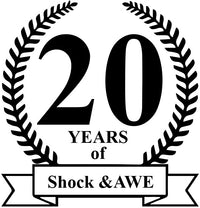04:67
Continued from A1...
The self-organizing behaviour of social animals and the self-organization of simple mathematical structures both suggest that self-organization should be expected in human society. Tell-tale signs of self-organization are usually statistical properties shared with self-organizing physical systems. Examples such as critical mass, herd behaviour, groupthink and others, abound in sociology, economics, behavioral finance and anthropology.
In social theory, the concept of self-referentiality has been introduced as a sociological application of self-organization theory by Niklas Luhmann (1984). For Luhmann the elements of a social system are self-producing communications, i.e. a communication produces further communications and hence a social system can reproduce itself as long as there is dynamic communication. For Luhmann human beings are sensors in the environment of the system. Luhmann developed an evolutionary theory of Society and its subsystems, using functional analyses and systems theory.
In economics, a market economy is sometimes said to be self-organizing. Paul Krugman has written on the role that market self-organization plays in the business cycle in his book "The Self Organizing Economy". Friedrich Hayek coined the term catallaxy to describe a "self-organizing system of voluntary co-operation", in regards to the spontaneous order of the free market economy. Neo-classical economists hold that imposing central planning usually makes the self-organized economic system less efficient. On the other end of the spectrum, economists consider that market failures are so significant that self-organization produces bad results and that the state should direct production and pricing. Most economists adopt an intermediate position and recommend a mixture of market economy and command economy characteristics (sometimes called a mixed economy). When applied to economics, the concept of self-organization can quickly become ideologically imbued.
